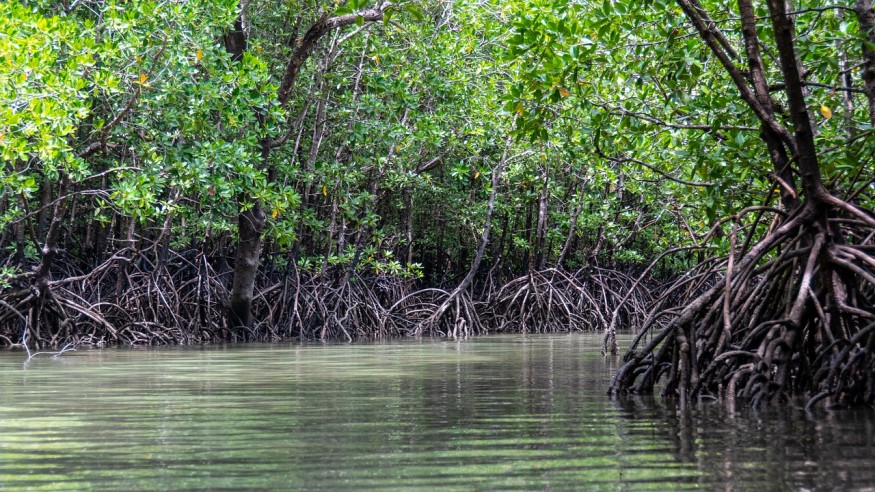
Mangroves are in danger of drowning from rising sea levels if greenhouse gas emissions continue to increase and exacerbate global warming, and human activities continue unabated. This has been the warning of scientists in their new study published in Science.
They examined sediment cores to determine how ancient mangroves adapted to rising sea levels in the past few millennia. Their findings indicated that if the seas rose quicker than 6.1mm a year, mangroves were not able to adapt. The study concludes that our mangroves have a slim 6.2% probability of keeping growing and not become overtaken by rising waters by 2050.
Rutgers University-New Brunswick climate data scientist and study co-author Erica Ashe says that sea level increase in the coastlines of the tropics is projected to go beyond seven millimeters every year by 2050. Thus, she says, they will most probably not be able to survive or sustain their growth.
Mangrove shrubs and trees thrive along coastlines of the tropical and sub-tropical areas of the world, including Africa, the Americas, Australasia, and Asia. They grow in environmental conditions that are totally unsuitable for the majority of plant life, where saltwater floods their roots each time the tide flows in.
Mangrove roots serve to protect young crustaceans and fishes and absorb lots of excess atmospheric carbon dioxide. In fact, Ashe says, they can trap more carbon per acre than rainforests can. In addition, they also protect coastlines from storm surges and large, destructive waves.
They also trap sediments into their ever-expanding root systems. These functions serve to prevent soil erosion and increase its elevation.
Nevertheless, even if mangroves are tough and protective, they are still in a vulnerable position. As greenhouse gas emissions quicken climate change, the world's seas are rising, with expanding warm water and melting polar ice. Macquarie University Australia ecologist and study co-author Neil Saintilan say that in low to moderate increase in sea level, mangroves can adequately adapt by literally building more land surface.
The research team wanted to measure the threshold point where mangroves start to fail in adapting to rapid sea-level rise. The authors pored over data regarding sediment cores collected from 78 locations in the tropics and sub-tropics. The cores show preserved pollen, roots, and dark and carbon-rich soil sediments trapped by mangrove roots.
This record was used to determine the conditions of mangroves 10,000-7,000 years in the past. This was the time that the Laurentide ice melted, which used to cover most of the North American continent. Its melting increased sea levels rapidly. The researchers used computer modeling to estimate the rate of sea-level rise. Ashe says that with the decrease in the rise, the mangroves started taking hold of the coastlines.
The research team found out that with a rise of over 6.1mm a year, there is about 90% chance that mangroves will not be able to cope, and as the rate goes beyond 7.6mm a year, the possibilities that mangroves become overwhelmed will increase to 95%.
The world's seas are now rising at around 3.4mm a year. If human activities continue to increase greenhouse gas emissions, many tropical locations will go beyond 5mm by the year 2030 and 7mm by the year 2050.
We can save mangroves by protecting shorelines from being developed so that mangroves can retreat inland. Also, significantly decreasing greenhouse gas emissions will maintain sea-level rates within a safe threshold.
© 2025 NatureWorldNews.com All rights reserved. Do not reproduce without permission.





